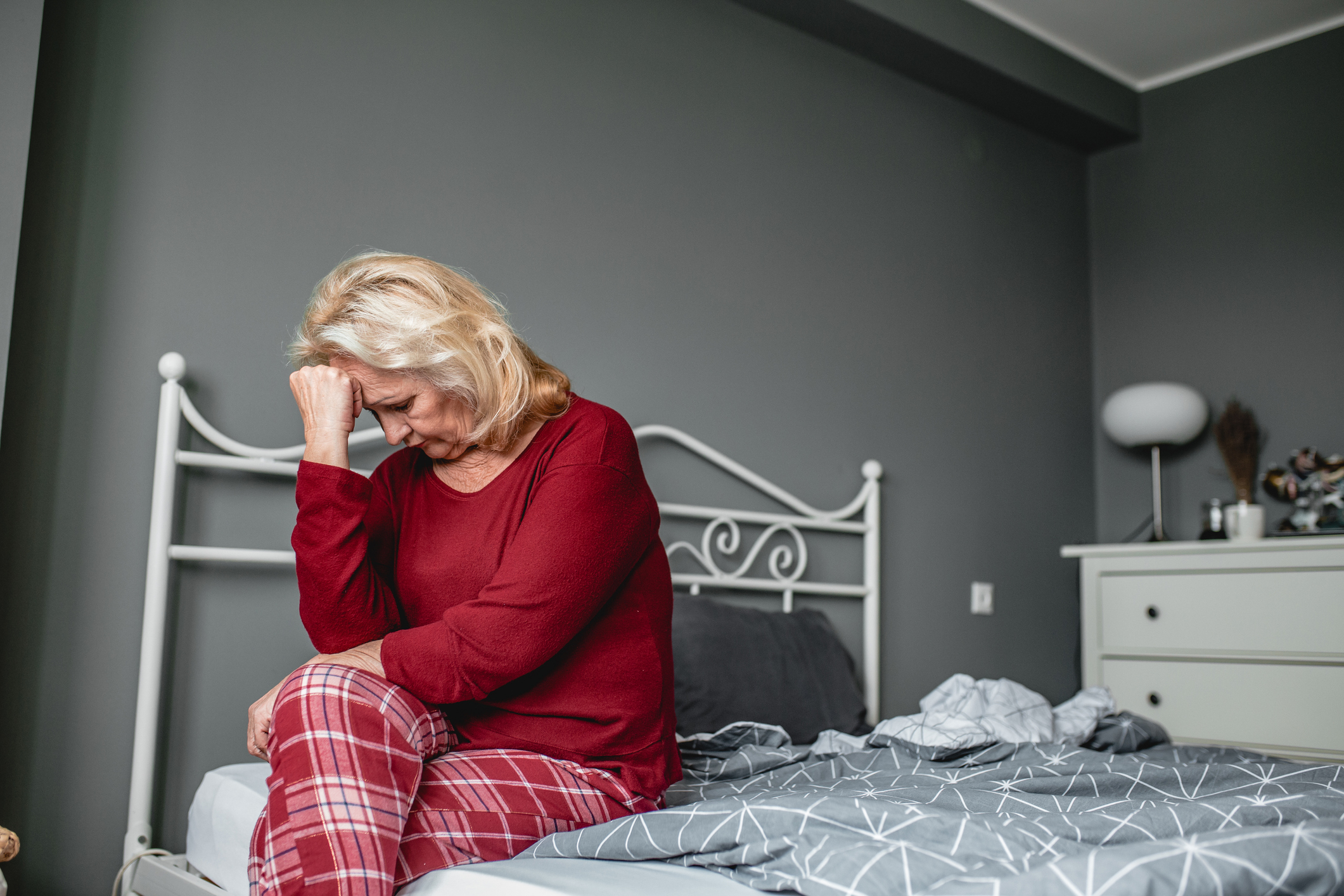As the seasons transition, so do our moods. For some of us, however, this change can be more than an altered emotional state: it can signal a specific type of depression known as Seasonal Affective Disorder (SAD). While SAD affects young people and adults at all ability levels, it is particularly problematic for seniors and disabled individuals due to its impact on functionality. December is SAD month, and in this piece, we will discuss how to recognize and prevent seasonal affective disorder.
What is Seasonal Affective Disorder?
Seasonal Affective Disorder is a form of depression related to the changes in seasons. SAD is often active in winter and fall, but some people may experience it in spring and summer. It is most common in women and people with a personal and family history of mood disorders. Although doctors are still determining the precise cause, SAD is thought to be influenced by:
- Circadian rhythm
- The lack of sunlight in the fall and winter, or too much daylight in the spring or summer, can disrupt your body’s circadian rhythm or internal clock.
- Serotonin
- A lack of sunlight also affects serotonin, a neurotransmitter that affects moods. Low serotonin can contribute to feelings of depression.
- Melatonin
- Melatonin is a hormone that impacts sleep patterns and mood. Seasonal changes can disrupt the body’s melatonin balance.
The symptoms of SAD are often mild at the beginning of the season and increase as time goes on. Although it can vary from person to person, it often causes the following symptoms:
- Fatigue or listlessness during most of the day, almost every day
- Loss of interest in activities
- Low energy
- Oversleeping
- Craving carbohydrates and overeating
- Difficulty concentrating
- Feelings of guilt or hopelessness
- Irritability or anxiety
- Suicidal ideation
- Difficulty staying asleep
SAD in older adults
Although SAD is not as prevalent in older adults as it is in younger people, it is, unfortunately, more dangerous. Seniors generally spend more time indoors during winter because of risks like ice and extreme cold. Spending too much time indoors can lead to not getting enough vitamin D from sunlight and isolation from family and friends.
The University of Michigan Health System reports that sometimes, the effects of SAD can be misattributed to cognitive decline or the expected effects of aging. The best way to determine if you are experiencing seasonal affective disorder or another condition is to speak with a physician.
SAD in disabled individuals
For individuals with disabilities, SAD can be especially challenging. Mobility aids can be dangerous to use in winter conditions, the risk of airborne and seasonal illness intensifies and some types of chronic pain increase in cold weather. Similarly to older individuals, the change and season can lead to increased social isolation.
Mental conditions, such as SAD, are also more common in people who are already dealing with other ongoing medical conditions. The Centers for Disease Control and Prevention reports that adults with disabilities report experiencing frequent mental distress almost five times as often as adults without disabilities. People struggling with mental health are more prone to low motivation, not seeing their doctors when they need and having difficulty managing their disability.
Prevention and treatment options
The Mayo Clinic suggests several ways to help reduce your risk of contracting SAD.
- Eat a balanced diet
Nutritious foods help promote positive well-being. Ensure you are incorporating healthy foods into your diet and continue to take any prescribed medications on schedule.
- Exercise
Doctors recommend getting moderate exercise to improve your mood and energy levels. If you are dealing with a disability or condition that makes exercise difficult, consult your doctor to determine what forms of movement you can include in your routine.
- Get enough sleep
A lack of sleep can impact your ability to think clearly and positively. While sleep needs vary from person to person, the National Sleep Foundation recommends seven to nine hours per night. Keeping a consistent sleep schedule and practicing good sleep hygiene can also help.
- Interact with loved ones
Isolation is common during winter, and one of the best ways to keep SAD at bay is to interact with your social network. If you aren’t able to see people in person, make time for phone or video calls.
Whether you are a senior, disabled individual, or merely feeling the effects of the changing season, it is vital to monitor your mental health. Seasonal Affective Disorder is a real issue that can be prevented and treated. If you think you may be suffering from SAD, you don’t have to go through it alone – seek advice from medical professionals who can ensure proper treatment.
Maxim Healthcare Services provides home healthcare services through over 150 offices around the country. Our dedicated caregivers provide compassionate and patient-centered skilled and personal care services in the comfort of home. Contact your local Maxim office to learn more about the services available in your area.



